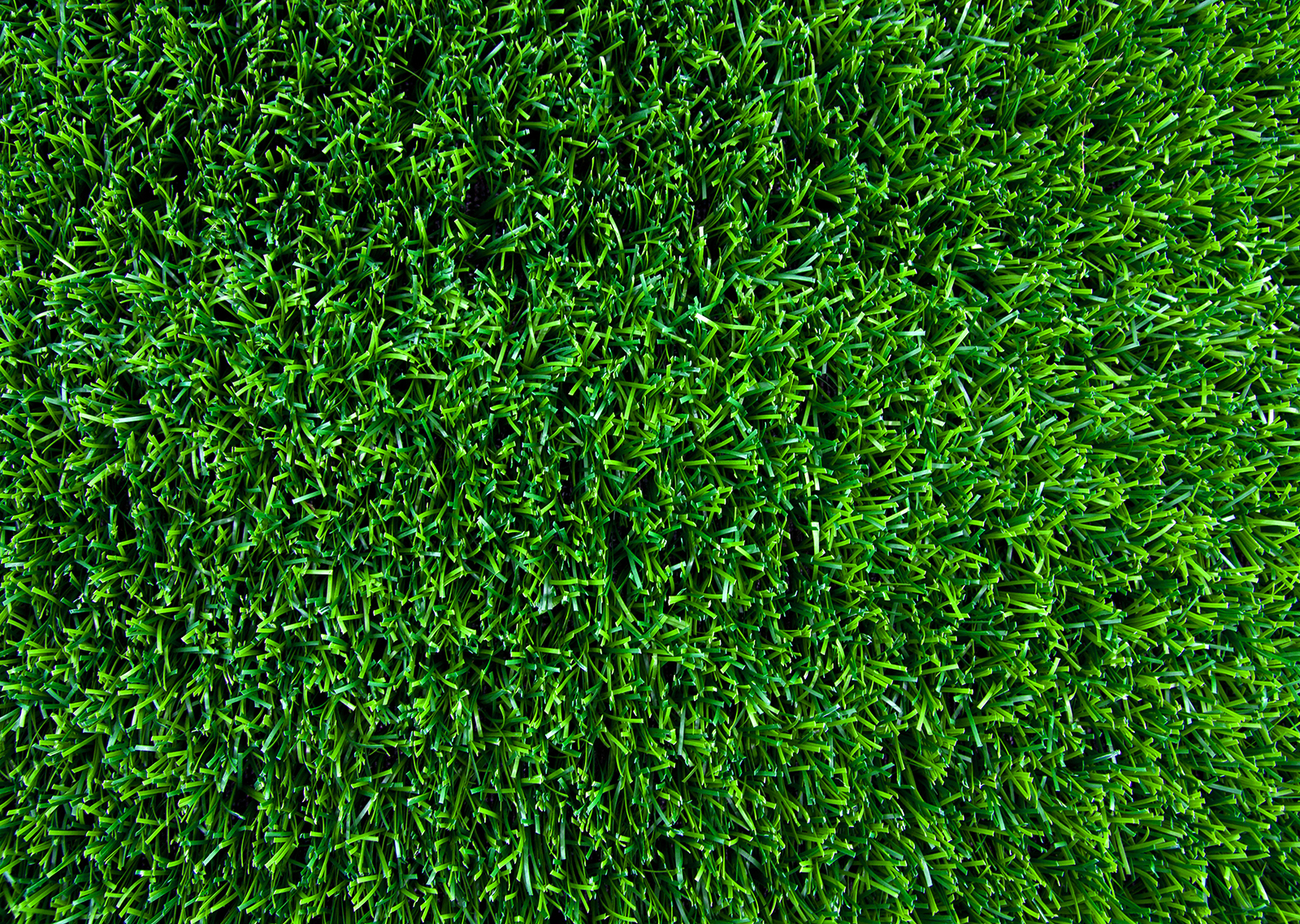Can you breathe life into an older, uncared for cricket wicket?
To be able to standardise the playing surface and supply a wicket you can use in all circumstances, countless leisure centres, training centers and cricket clubs use artificial pitches. Despite the fact that synthetic wickets are much more robust than natural pitches, they also need frequent maintenance to ensure they are in tip top condition. Thankfully, even ancient, mistreated cricket wickets may be brought back to life with a little bit of Tender loving care along with the appropriate treatment plan.
Synthetic Cricket Wickets
Synthetic pitches are usually installed on either a dynamic (stone) or non-dynamic (macadam or concrete) base. The surface of the cricket wicket itself is constructed from premium quality short pile carpet that is either timber edged and nailed or nailed directly into the aggregate. Shock pads are also fitted under the surface of the pitch to guarantee the ball bounces nicely and that the artificial wicket responds exactly the same way to the ball every single time, regardless of the weather conditions. Go here for more info https://www.artificialgrassmaintenance.co.uk/.
Maintaining A Synthetic Wicket
Like many manufactured surfaces, synthetic cricket pitches ought to be carefully maintained if they are to offer the most effective playing pitch throughout the year. Our recommendation is that anyone using an synthetic cricket wicket should really implement a yearly deep clean process, level the batting zone continuously and use a minimum of one chemical treatment solution every six months.
Despite having repeated repairs and maintenance, cricket wickets may well diminish with time, shock pads can solidify and surface areas may become uneven. If you see that the bounce of the ball has started to become uneven or that the pitch is looking tired and worn, it could be the perfect time to give your synthetic playing surface a facelift.
